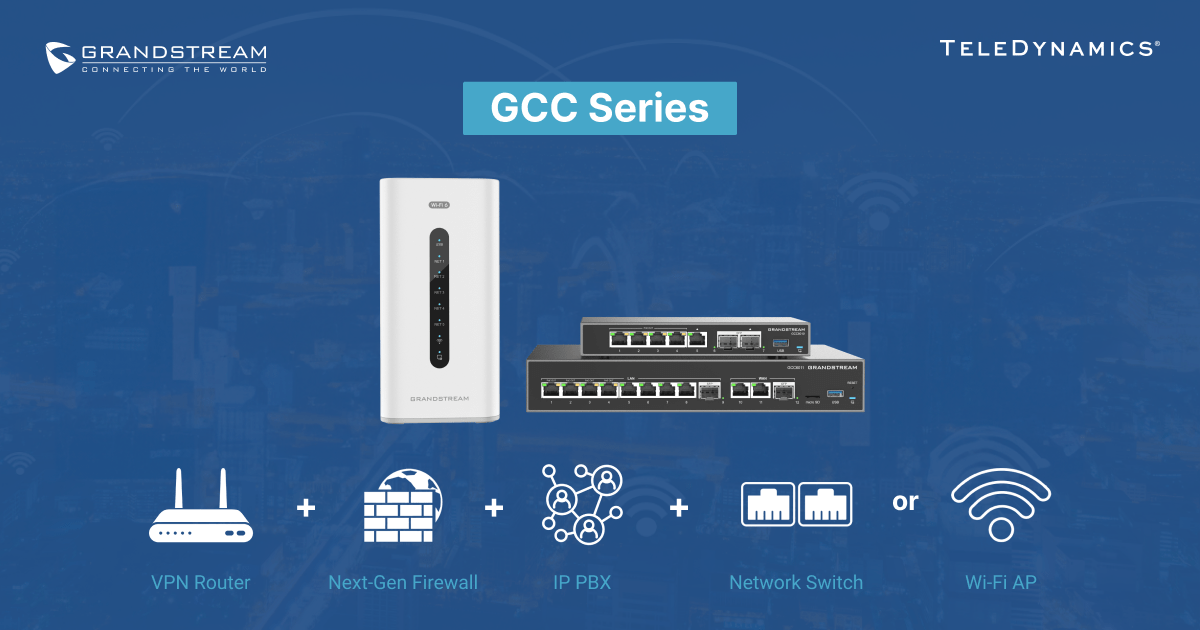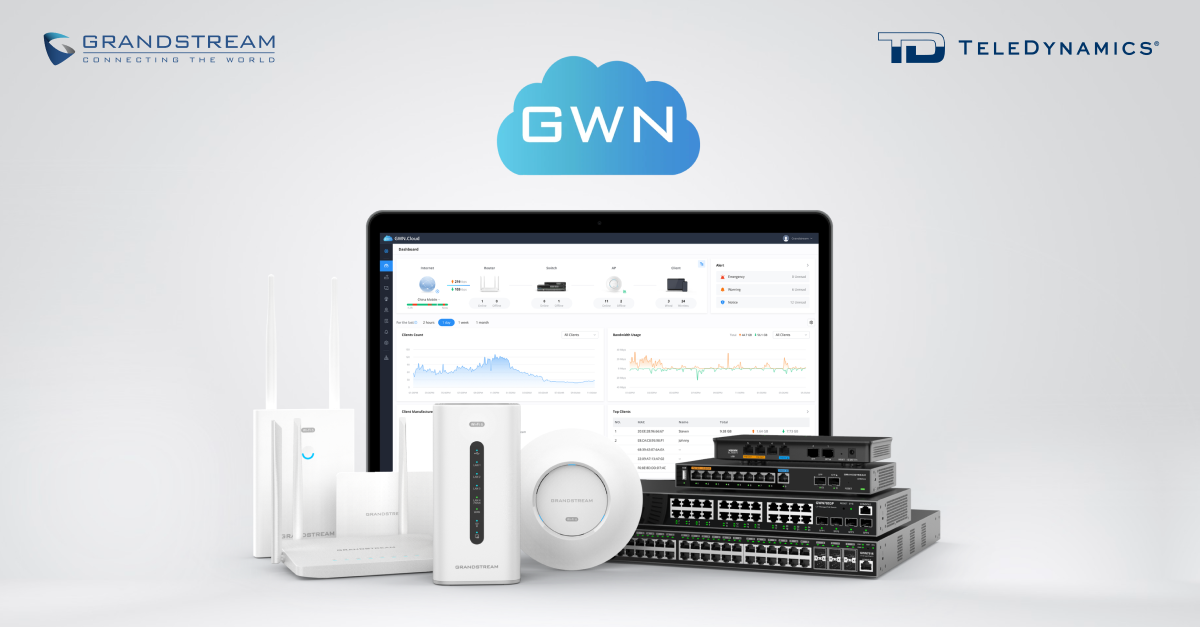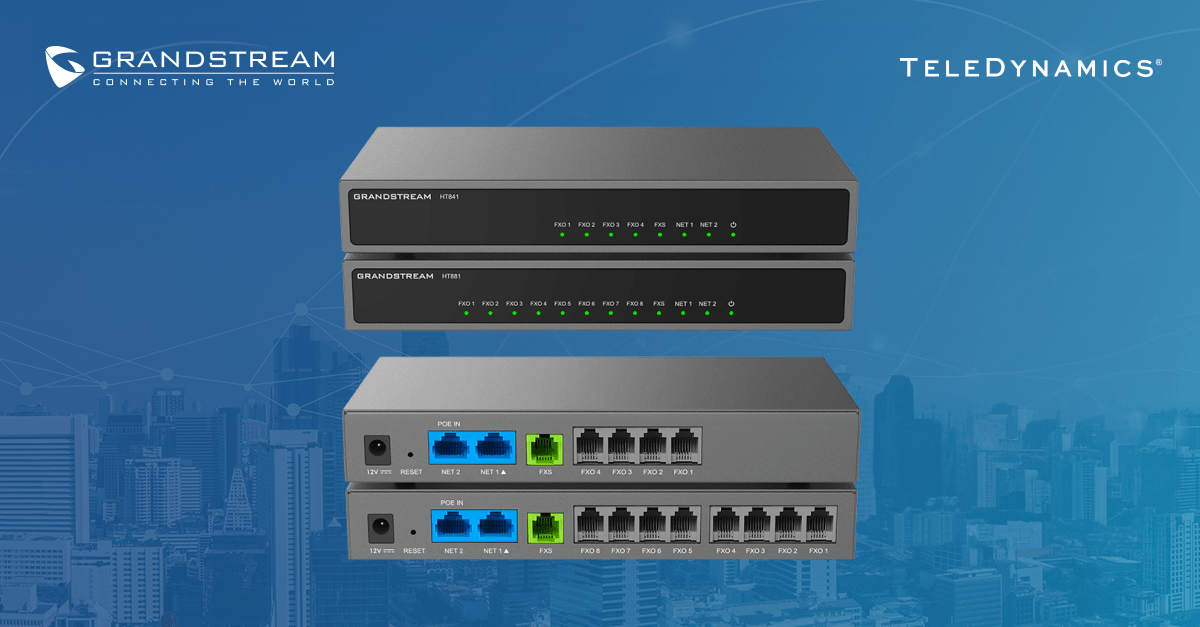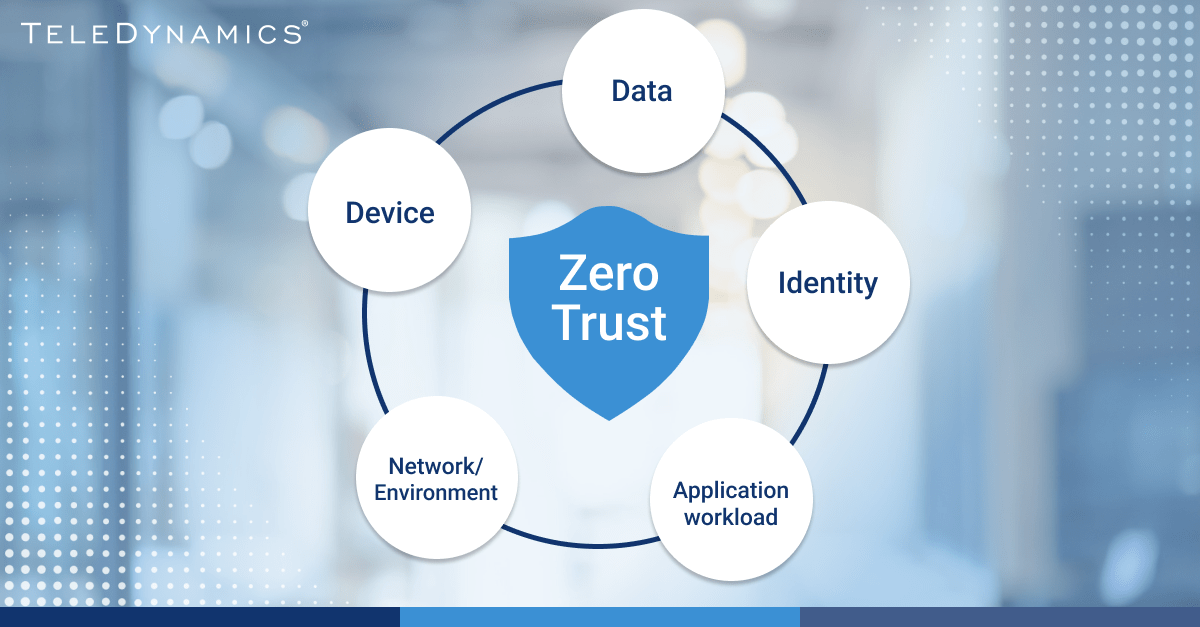By Brian Van Meter at Grandstream
Grandstream's portfolio of networking devices has grown rapidly over the past few years. This trend will only continue with our introduction of more switches, routers, and Wi-Fi access points.
While our Wi-Fi access points have built-in controllers that can be used to manage a deployment of APs, a more robust platform solution for configuration, management, and troubleshooting of network infrastructure is often a better choice.
Grandstream's GWN.Cloud and Grandstream Manager are just this. GWN.Cloud and GWN Manager are free, enterprise-grade management platforms for Grandstream access points, routers, and switches. Thanks to streamlined monitoring and maintenance, managing a network or several networks across multiple locations has never been easier.
Within this blog post, we'll be providing an introduction to GWN.Cloud and GWN Manager and how to use them. By reading it, you'll learn about:
- The features and capabilities of the GWN management platforms
- How to add and configure devices with GWN.Cloud and GWN Manager
- The steps to configure your network settings and options

















